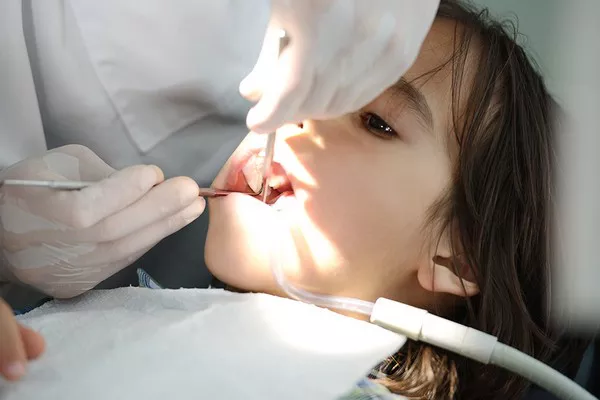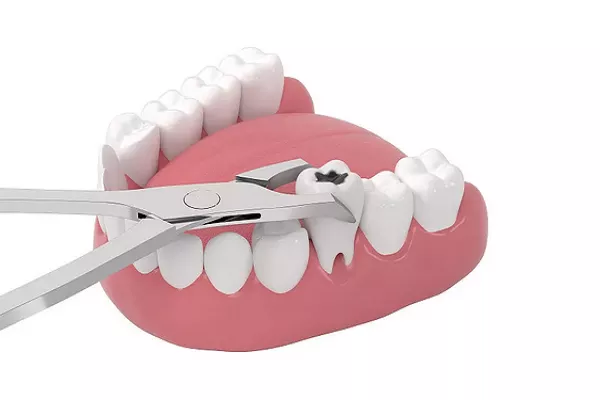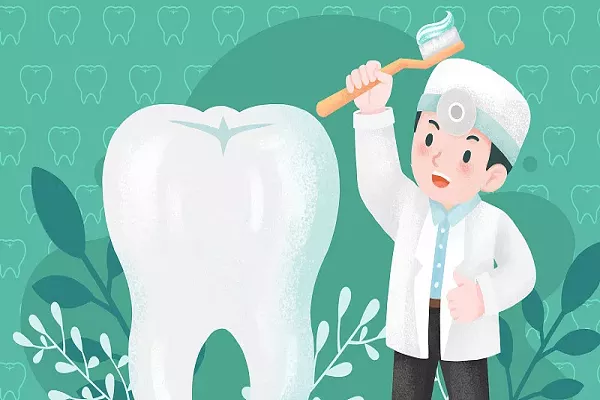Dental fillings are a common restorative treatment used to repair teeth damaged by decay or minor fractures. While fillings are designed to be durable, there are instances where they may become dislodged or fall out. If you’re wondering how to identify if a tooth filling fell out, this article aims to provide you with essential insights into recognizing the signs, understanding potential causes, and knowing when to seek timely dental care.
Understanding Dental Fillings
Dental fillings are materials used to restore the structure, function, and appearance of a tooth that has been compromised by decay or other minor damage. They are typically made from materials like amalgam (metal), composite resin (tooth-colored), porcelain, or gold. Fillings are placed within the prepared cavity of a tooth to seal it and prevent further decay.
Signs that a Tooth Filling Fell Out
Detecting a missing or dislodged filling requires careful observation of specific signs:
1. Sensitivity: If you experience increased sensitivity to hot, cold, sweet, or acidic foods and beverages, it could be an indication that the filling is no longer protecting the sensitive inner layers of your tooth.
2. Sharp Edges: If you feel a rough or jagged surface with your tongue, it may be the exposed edges of a missing filling.
3. Visible Gap: A visible space or gap where the filling used to be can often indicate that it has fallen out.
4. Food Lodging: Food particles getting stuck in a previously restored tooth can suggest that the filling is no longer in place to seal the gap.
5. Pain or Discomfort: Pain or discomfort, especially when biting down, can be a sign that the tooth is now vulnerable without the protective filling.
6. Altered Bite: If your bite feels different or off-balance, it might be due to the absence of the filling affecting your tooth’s alignment.
7. Metallic Taste: A metallic taste in your mouth could result from the exposure of metal fillings due to a dislodged restoration.
Causes of Filling Dislodgement
Several factors can contribute to the dislodgement of a dental filling:
1. Wear and Tear: Over time, fillings can weaken due to the natural wear and tear of chewing and biting.
2. Decay: Recurrent decay around the edges of a filling can compromise its integrity and lead to dislodgement.
3. Trauma: Accidental trauma, such as a blow to the mouth, can cause a filling to become loose or fall out.
4. Clenching and Grinding: Habitual clenching or grinding of teeth (bruxism) can exert excessive force on fillings, causing them to loosen.
5. Age: Fillings may degrade or deteriorate over time, leading to their eventual loss.
Steps to Take If a Filling Falls Out
If you suspect a filling has fallen out, it’s important to take the following steps:
1. Rinse: Gently rinse your mouth with warm water to remove any debris.
2. Save the Filling: If you find the filling, keep it in a safe place to show your dentist during your appointment.
3. Avoid Chewing: Refrain from chewing on the affected tooth until you can see your dentist.
4. Temporary Measures: Over-the-counter dental cement can provide temporary relief by covering the exposed area until you see your dentist.
5. Seek Professional Care: Schedule an appointment with your dentist as soon as possible. They will assess the situation, recommend appropriate treatment, and restore the tooth’s function and integrity.
Preventing Filling Dislodgement
While some factors leading to filling dislodgement are beyond your control, you can take certain precautions to minimize the risk:
1. Regular Dental Visits: Maintain regular dental check-ups to monitor the condition of your fillings.
2. Avoid Hard Foods: Be cautious when consuming hard or sticky foods that can exert excessive force on fillings.
3. Address Bruxism: If you grind or clench your teeth, discuss a custom nightguard with your dentist to protect your fillings.
4. Maintain Oral Hygiene: Proper oral care, including brushing, flossing, and using antimicrobial mouthwash, can prevent decay around fillings.
Conclusion
Recognizing the signs that a tooth filling fell out is essential for timely intervention and restoration of your oral health. If you experience sensitivity, rough edges, visible gaps, or altered bite, it’s important to consult your dentist promptly. Understanding the potential causes of filling dislodgement and taking preventive measures can help you maintain the longevity and effectiveness of your dental restorations. By seeking professional care and practicing good oral hygiene, you can ensure that your smile remains strong, healthy, and well-protected for years to come.
Related Topics:




























